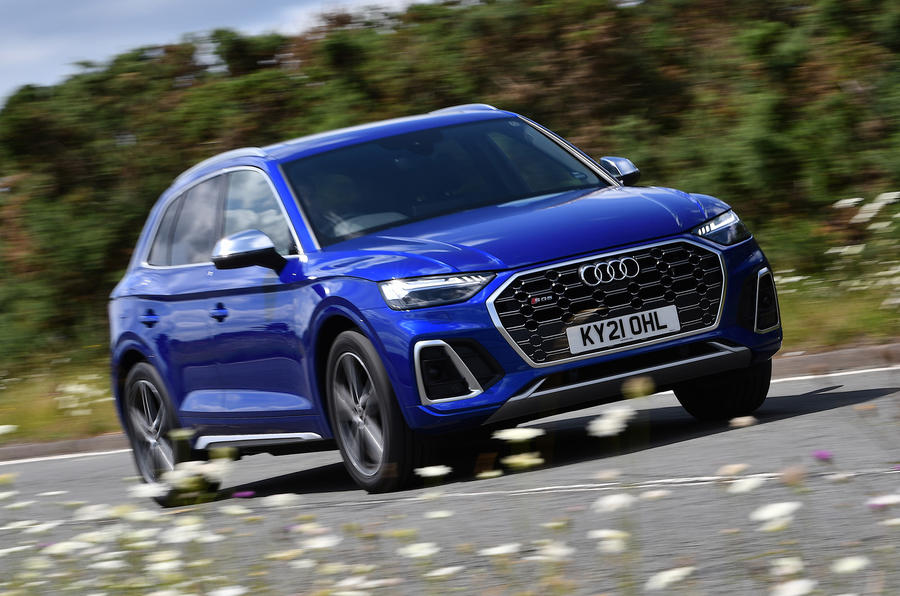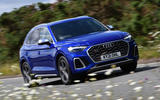What is it?
They might not seem the most natural fit, but for the past few years, Audi has been making the combination of 'performance' and 'diesel' work for much of its S-badged line-up. And while the SQ7 and SQ8 have since swapped back to petrol power, the ever-popular SQ5 continues to drink from the black pump.
The SUV received a host of visual and tech-focused upgrades late last year to coincide with the arrival of the coupé-inspired SQ5 Sportback variant, including a more aggressive bodykit, new OLED rear lights that illuminate differently based on the active driving mode, and, inside the cabin, Audi’s latest-generation infotainment system.
More important is the mechanical overhaul, which is aimed at improving both the performance and efficiency of its V6 powertrain. Forged steel pistons have replaced the outgoing car’s aluminium ones, the intercooler air intake has been shortened and fuel injectors have been made more precise to help build boost pressure faster. The 48V mild-hybrid system’s electric compressor has also been improved to provide more torque fill while the turbocharger spools up.
Overall power is slightly down from the old car's at 336bhp, putting it at a slight disadvantage to rivals like the BMW X3 M40d, but the mammoth 516lb ft of torque is now accessible across much more of the rev range - and peak power arrives earlier, too.
As before, power is sent via an eight-speed torque-converter automatic transmission to both axles, split 40:60 front to rear, with up to 70% of drive transferable to the front or 85% to the rear, based on available traction (or lack of it).
The SQ5 sits 30mm lower than the standard Audi Q5, although our test car did without the optional air suspension found on the pricier Vorsprung trim, riding instead on standard springs with adaptive dampers.

























































Join the debate
Add your comment
Truly adaptive suspension surely requires no user input to switch from comfort to dynamic, adapting to how the car is being driven.
Autocar seem to use the term adaptive for suspension systems that require the user to manually change between comfort and dynamic (or sport of whatever). I'd call this variable suspension, not adaptive.
They are therefore very different, or is that just me?
I've never been a fan of the concept of a diesel sports car.
Dull boring car which I haven't seen on the road in years.